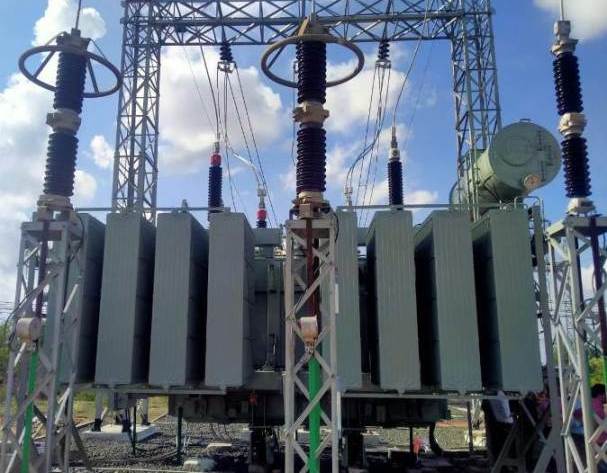The quantum of new transformation capacity added in the first four months of FY24 was less than half of the planned addition.
According to latest statistics released by Central Electricity Authority (CEA), a total of 14,016 MVA of transformation (substation) capacity was added in the April-July period of FY24. This was 48.1 per cent of the planned addition of 29,114 MVA.
Here are some highlights:
- Of the 14,016 MVA of new substation capacity added, state utilities accounted for nearly 58 per cent (or 8,081 MVA). Addition by Central utilities, mainly Power Grid Corporation of India Ltd (PGCIL), stood at 5,935 MVA, representing 42 per cent of the total national achievement.
- While private sector entities saw zero target achievement, the comparable metrics for the Central and state sectors stood at 63 per cent and 52 per cent, respectively.
- In terms of voltage class, half of the total 14,016 MVA added came from the 400kV category. While 39 per cent (or 5,506 MVA) came from the 220kV rating, the remaining 11 per cent (or 1,500 MVA) was from the 765kV class.
- The entire addition of 1,500 MVA in the 765kV class came from PGCIL that added this capacity at its Bikaner substation in Rajasthan.
- The entire addition of 5,506 MVA in the 220kV class came from the state government sector. However, the planned addition in this voltage class was 10,059 MVA.
- No HVDC-based transformation capacity has been planned for FY24
- For the full year FY24 (April to March), 78,109 MVA of new transformation capacity has been planned, as against which 14,016 MVA has been achieved in the first four months. By current thinking, state government utilities are expected to be the biggest contributors with 44,199 MVA, accounting for 56 per cent of the total. In terms of voltage class, the 400kV category is expected to make the biggest contribution of 32,160 MVA, representing a 41 per cent share.
Editor’s Note: This story is based on statistics released by CEA that monitors transmission infrastructure of 220kV and above only.

